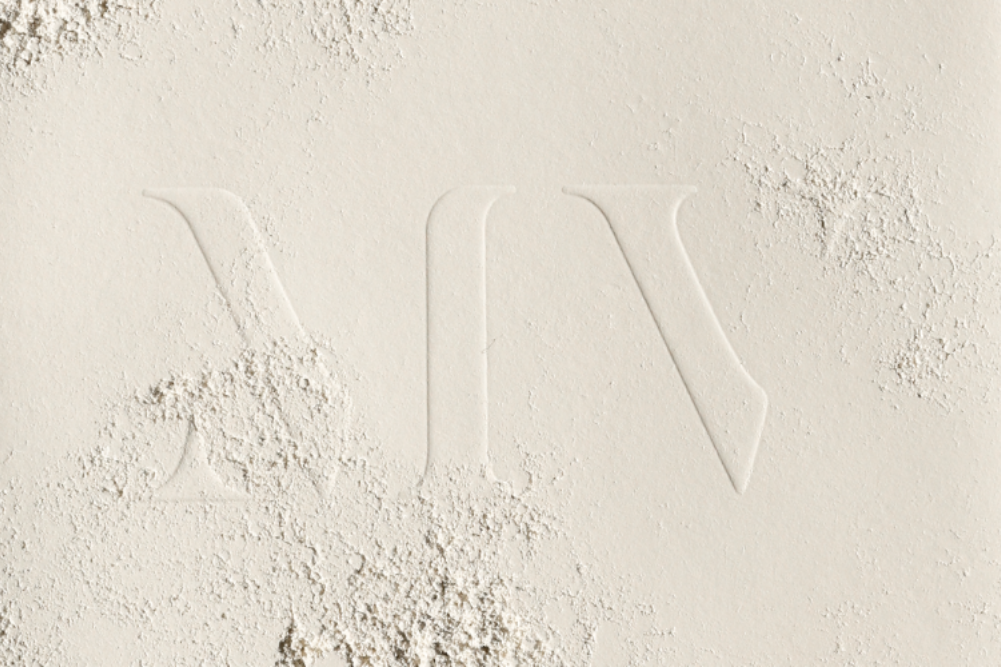Eyelash ideals
“Her deep brown eyes met mine, holding and communicating the mysteries of her continent. Her long eyelashes swept upwards in a promising arc as she delicately blinked her intention before she leant over and with long powerful lips pulled the branch I was holding from my grasp.†If the last portion of that surprised you then you probably weren’t thinking that the “she†in question was a giraffe, but it was and giraffes do number among the 22 mammalian species that have eyelashes, along with humans and hedgehogs, of a certain length ration in relation to their eyeball. Now researchers have found why that particular ratio is the one that works.
Eyelashes are not just decorative, they do perform a function which is to form a barrier that controls airflow around the eye and therefore control evaporation from the surface of the eye (the cornea). The ideal eyelash length sported by these 22 species is one third of the width of the eye. This was established by measuring eyelash length of 23 species and it was found that only elephants had longer eyelashes that diverged from this length ratio. So the researchers in this new study wanted to see what effect longer or shorter eyelashes might have on the eyes.
To test this they constructed an artificial adult human eye and varied eyelash length while exposing the eye to air flows to see what the effect on the surface of the eye might be. They found that when eyelashes were shorter than the one-third ratio they have only a slight effect on air flow and lead to a dryer eye. At the ideal length the eyelashes reduce air flow and create a layer of slow moving air above the cornea keeping the eye moist and dust particles away. When the lashes become longer than the one-third ration however they begin to funnel air and dust toward the cornea drying it out.
So those extra-long fake eyelashes are not so great for your eyes and that’s why in Hollywood where false eyelashes are the standard, even when you watch a tear-jerking film, there is only dry eyes in the house.







